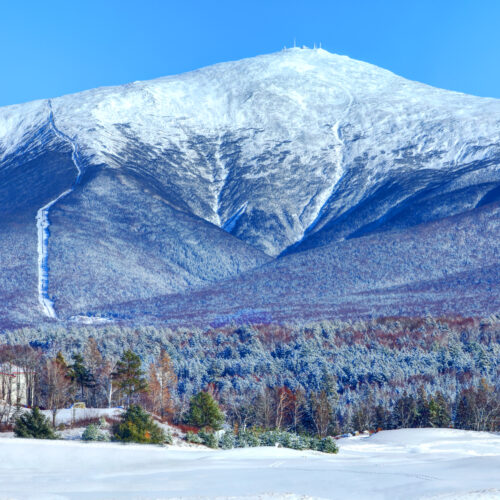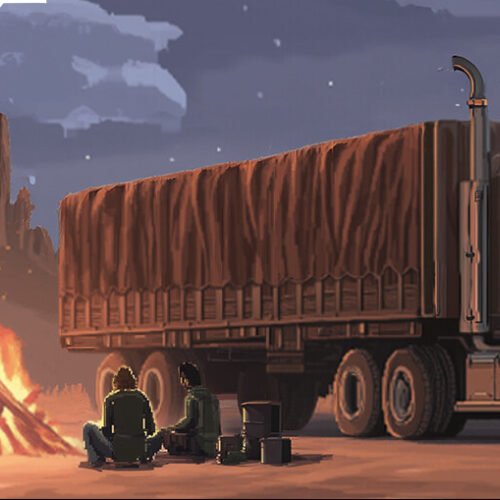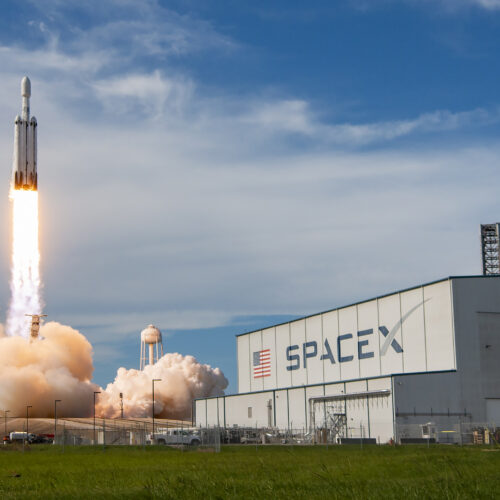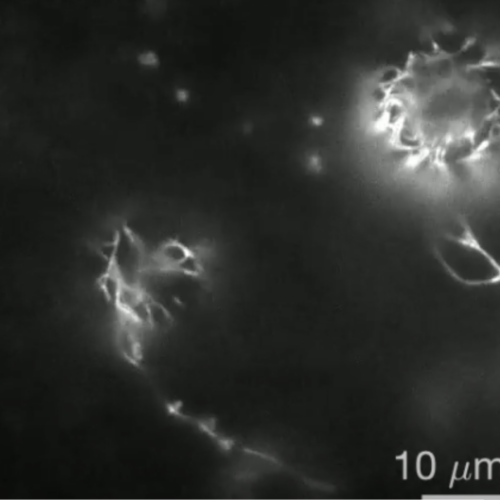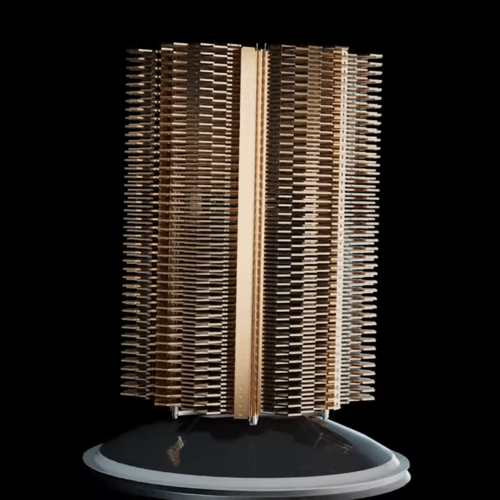How did eastern North America form?
When Maureen Long talks to the public about her work, she likes to ask her audience to close their eyes and think of a landscape with incredible geology. She hears a lot of the same suggestions: Iceland, the Grand Canyon, the Himalayas. “Nobody ever says Connecticut,” says Long, a geologist at Yale University in New Haven in that state.
And yet Connecticut—along with much of the rest of eastern North America—holds important clues about Earth’s history. This region, which geologists call the eastern North American margin, essentially spans the US eastern seaboard and a little farther north into Atlantic Canada. It was created over hundreds of millions of years as slivers of Earth’s crust collided and merged. Mountains rose, volcanoes erupted and the Atlantic Ocean was born.
Much of this geological history has become apparent only in the past decade or so, after scientists blanketed the United States with seismometers and other instruments to illuminate geological structures hidden deep in Earth’s crust. The resulting findings include many surprises—from why there are volcanoes in Virginia to how the crust beneath New England is weirdly crumpled.


© Denis Tangney Jr. via Getty Images
